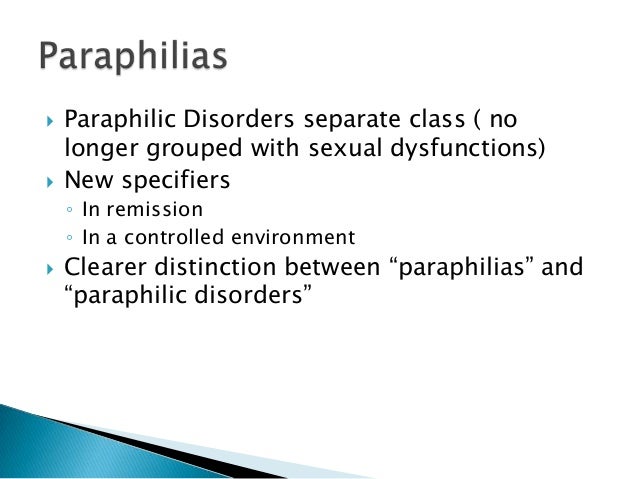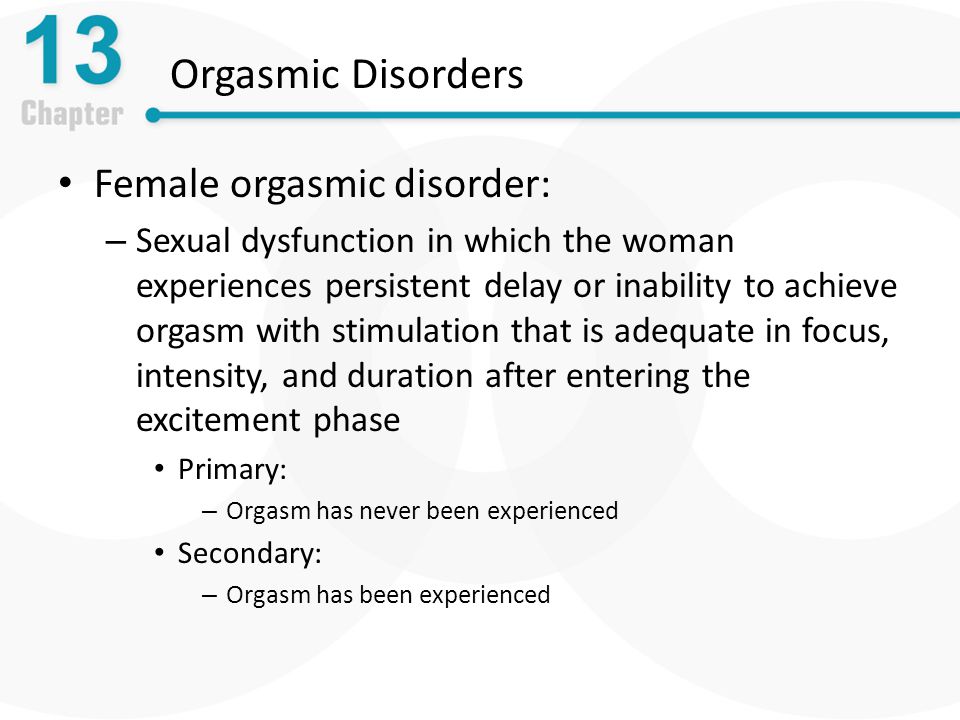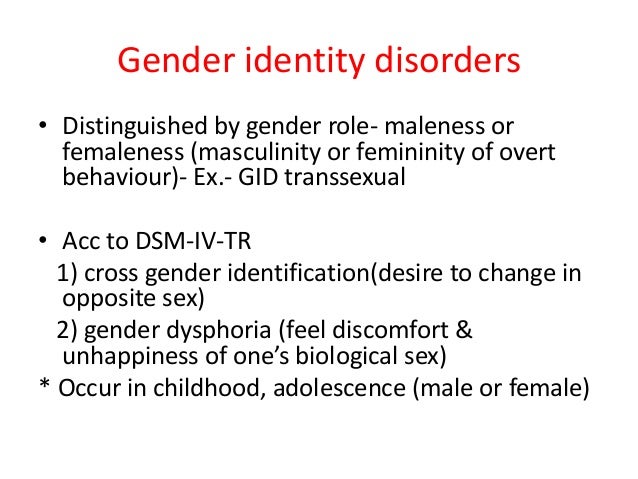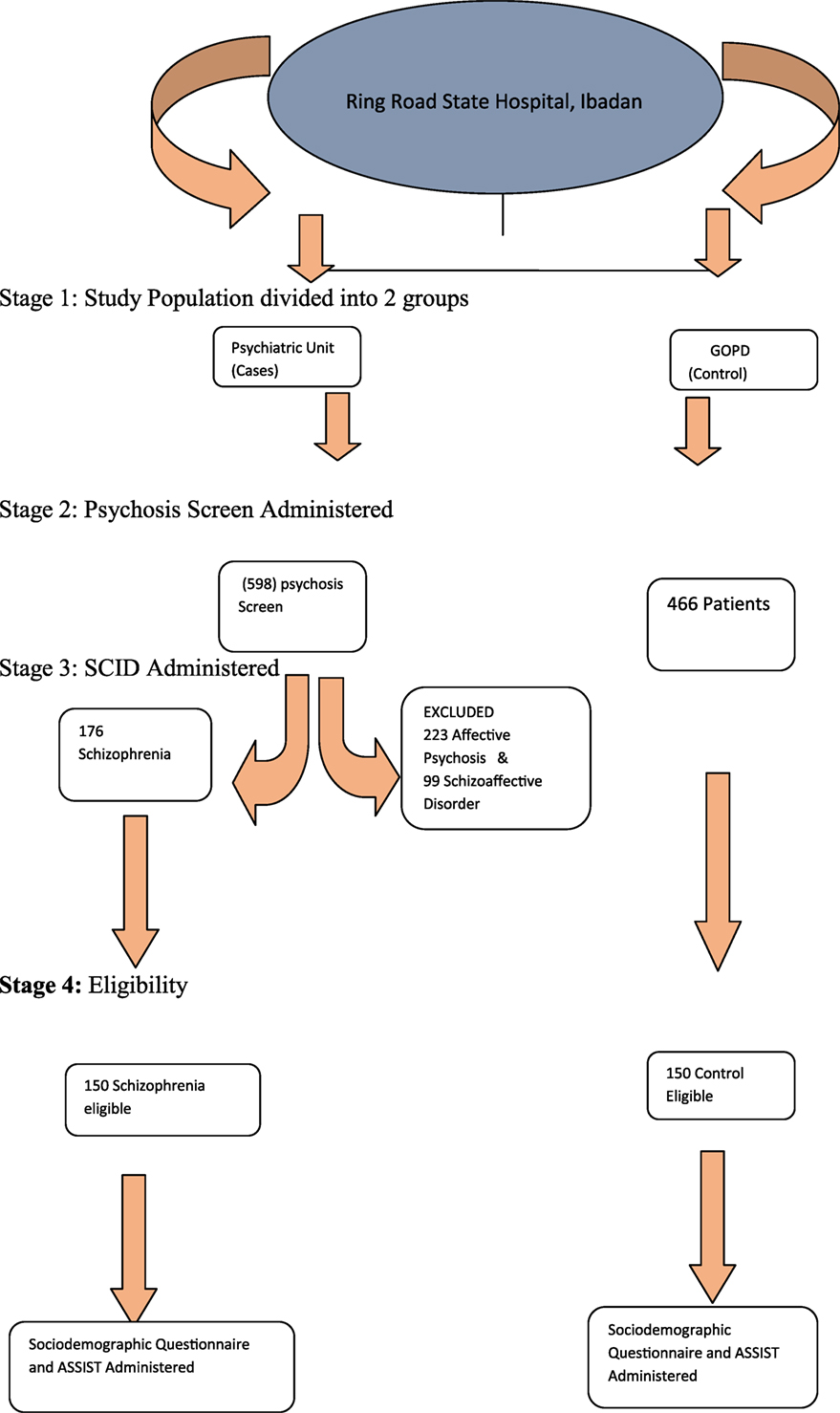
Learn about DSM–5, the standard classification of mental disorders used by mental health professionals in the U.S.

Eating disorders are commonly clinically defined and diagnosed according to the diagnostic criteria in the Diagnostic and Statistical Manual of Mental Health Disorders (DSM …


“Differential Diagnosis of Addictive Sexual Disorders Using the DSM-IV” Sexual Addiction & Compulsivity 1996, Volume 3, pp 7-21, 1996. by Richard Irons, M. D. and Jennifer P. Schneider, M.D., Ph.D.

DSM History. The need for a classification of mental disorders has been clear throughout the history of medicine, but until recently there was little agreement on which disorders should be included and the optimal method for their organization.
The Diagnostic and Statistical Manual of Mental Disorders, Fifth Edition (DSM-5) is the 2013 update to the Diagnostic and Statistical Manual of Mental Disorders, the taxonomic and diagnostic tool published by the American Psychiatric Association (APA).
A list of all mental disorders, mental illness and related mental health conditions, their symptoms and treatment.
DSM-5 and Eating Disorders. The advent of the Diagnostic and Statistical Manual of Mental Disorders, Fifth Edition(DSM-5) is a great opportunity to mark where we are as specialists in understanding eating disorders.





Forget yout Password? Enter your email address below and we will send you the reset instructions
What is the DSM-5? What are the major changes in the DSM-5? What impact will it have on mental disorders diagnosis?
The fifth edition of the Diagnostic and Statistical Manual of Mental Disorders (DSM), the DSM-5, was approved by the Board of Trustees of the APA on December 1, 2012.